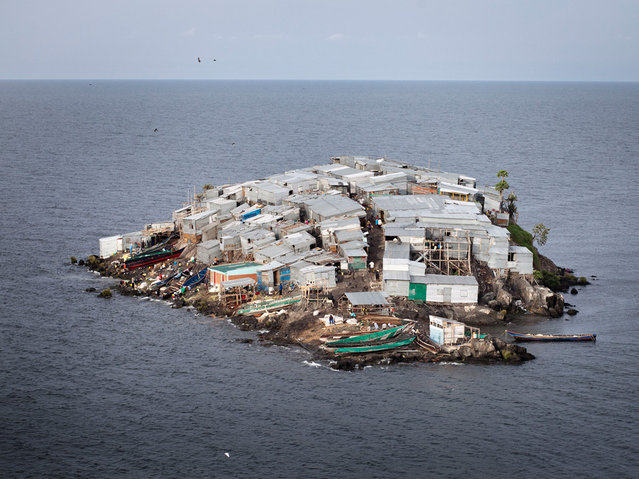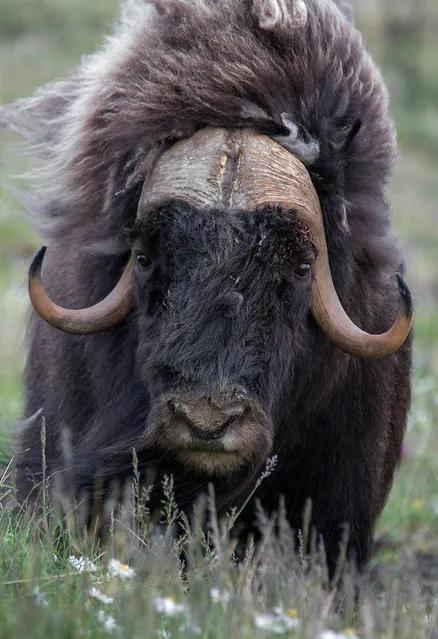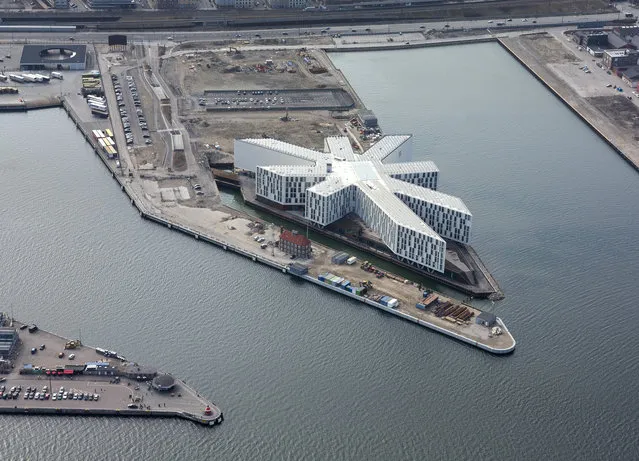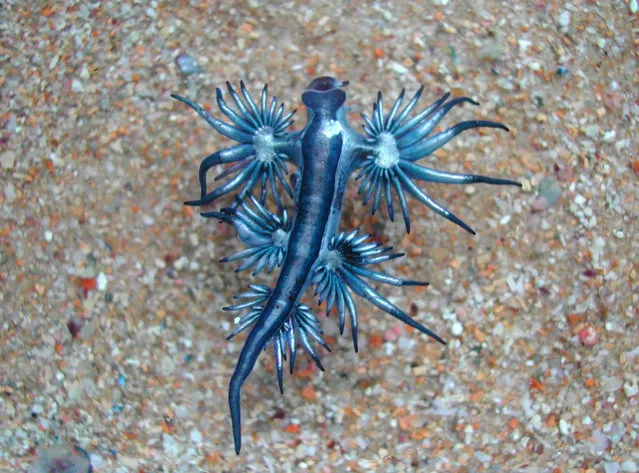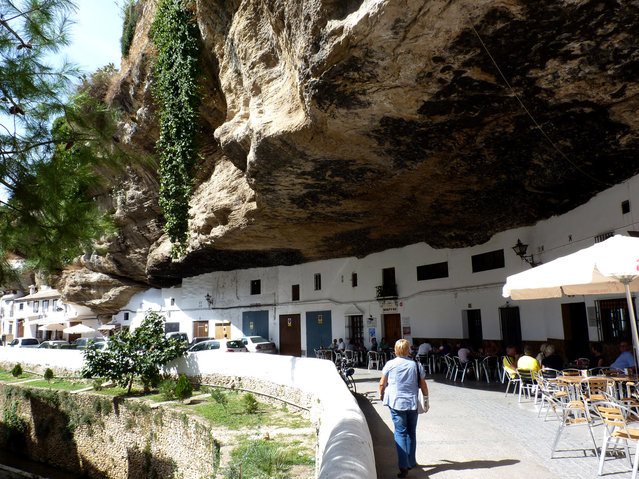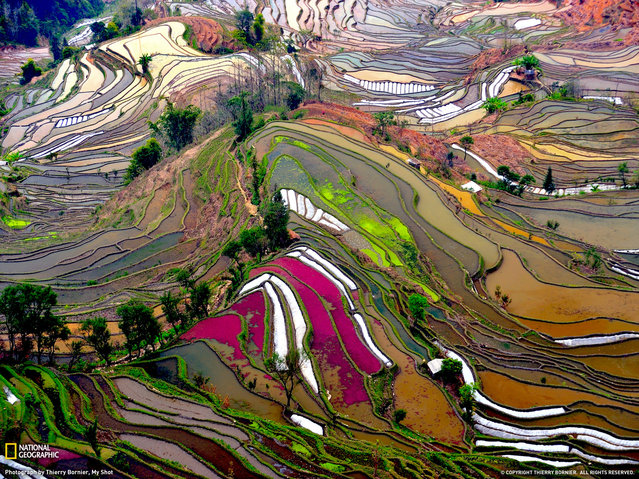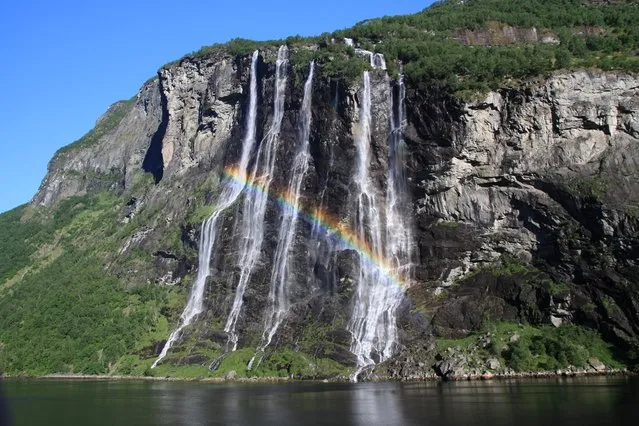
San Zhi, Taiwan is an abandoned vacation resort on the northern coast of Taiwan. It was built in the early 1980s, but construction of the futuristic resort ceased after a series of fatal accidents.
Even though it never opened as a vacation resort, San Zhi can still be toured. The strange pod-like buildings act as a tourist attraction. The colors of the pod-like buildings depend on their location. The buildings in the west are green, in the east pink, in the south blue, and in the north white
11 May 2013 10:27:00,post received
0 comments

